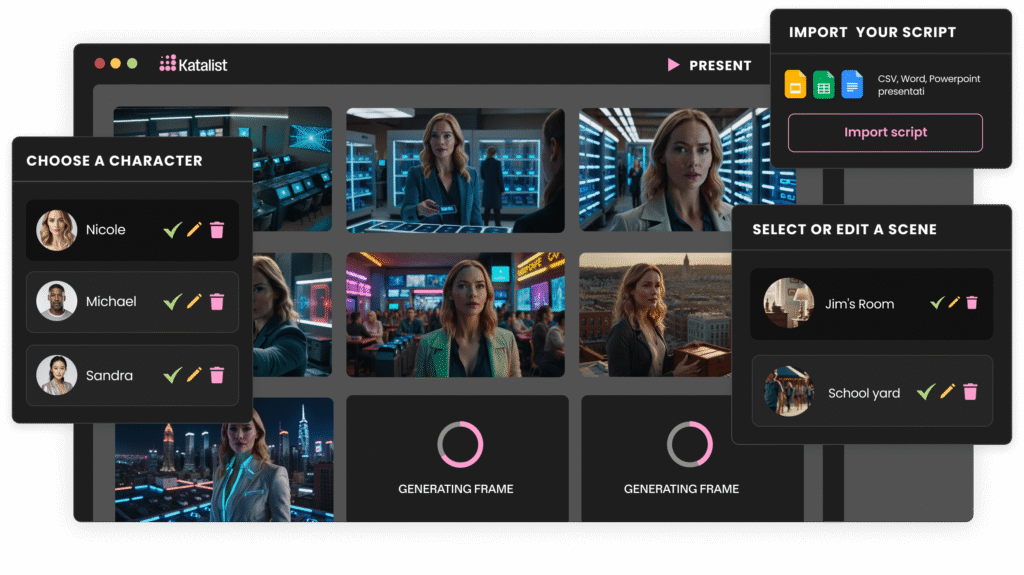
In the fast-paced world of filmmaking, animation, and content creation, storyboarding has long been a critical yet time-intensive step in bringing stories to life. Once the domain of skilled artists and well-funded studios, storyboarding is undergoing a revolution thanks to artificial intelligence. As of 2025, AI-powered storyboard generation tools are democratising creativity, empowering everyone from indie filmmakers to small businesses to visualise their ideas with professional polish—no art degree or big budget required.
The Rise of AI Storyboarding
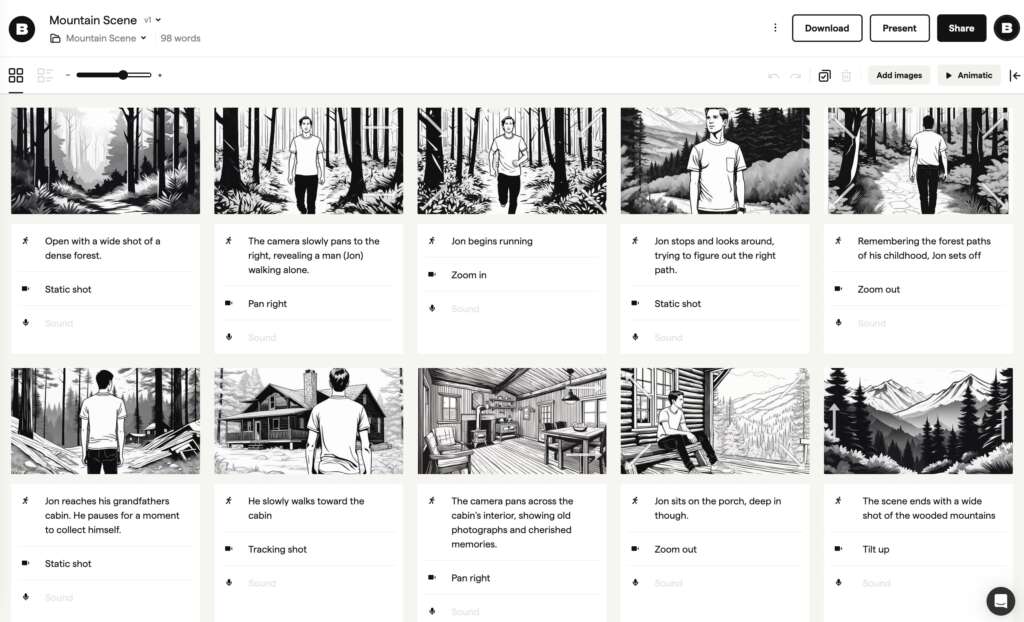
AI storyboard tools like Boords, Katalist.ai, and Storyboarder.ai are transforming pre-production by turning scripts or text prompts into detailed visual sequences in minutes. These platforms leverage advanced Natural Language Processing (NLP) to parse scripts, identifying key scenes, characters, actions, and camera angles.
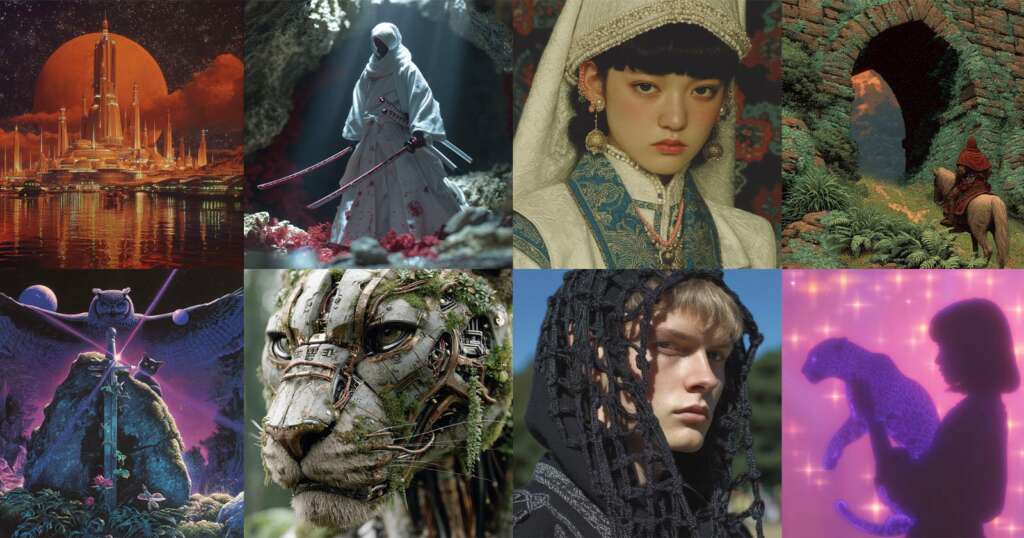
Paired with generative AI models like DALL-E or MidJourney v7, they produce storyboard panels that rival hand-drawn quality. For instance, Katalist.ai can analyze a script and generate a sequence of frames with consistent character designs and cinematic shot compositions, all while offering a free trial accessible to anyone with an internet connection.
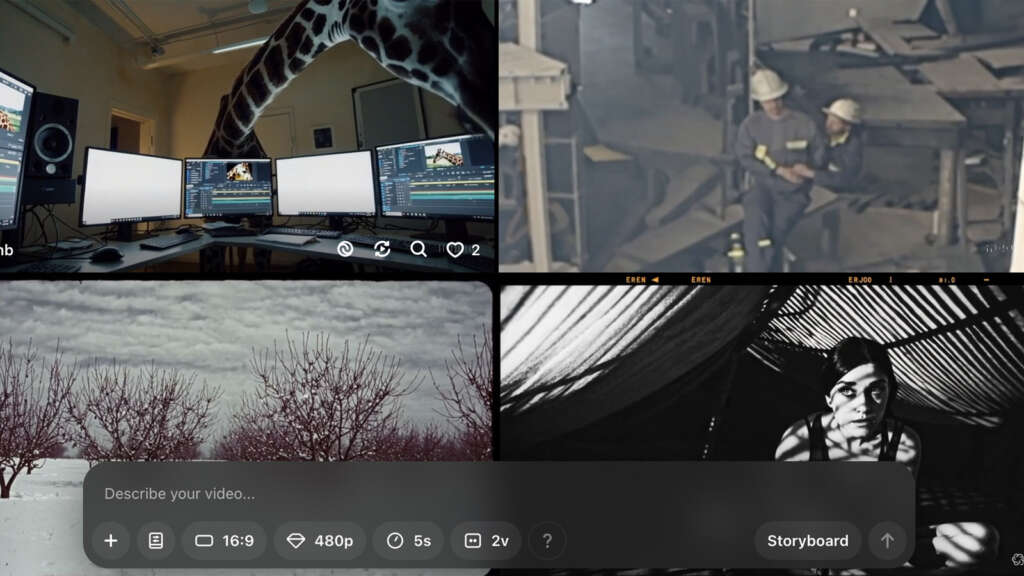
This accessibility is a game-changer. Previously, storyboarding required hiring artists or dedicating hours to sketching, often costing thousands of dollars for professional-grade work. Now, tools like Boords claim to cut storyboarding time by up to 80%, with subscription plans starting at affordable rates. A solo filmmaker with a laptop can upload a script, select an art style—say, anime or Pixar-esque—and receive a polished storyboard ready for pitching or production.
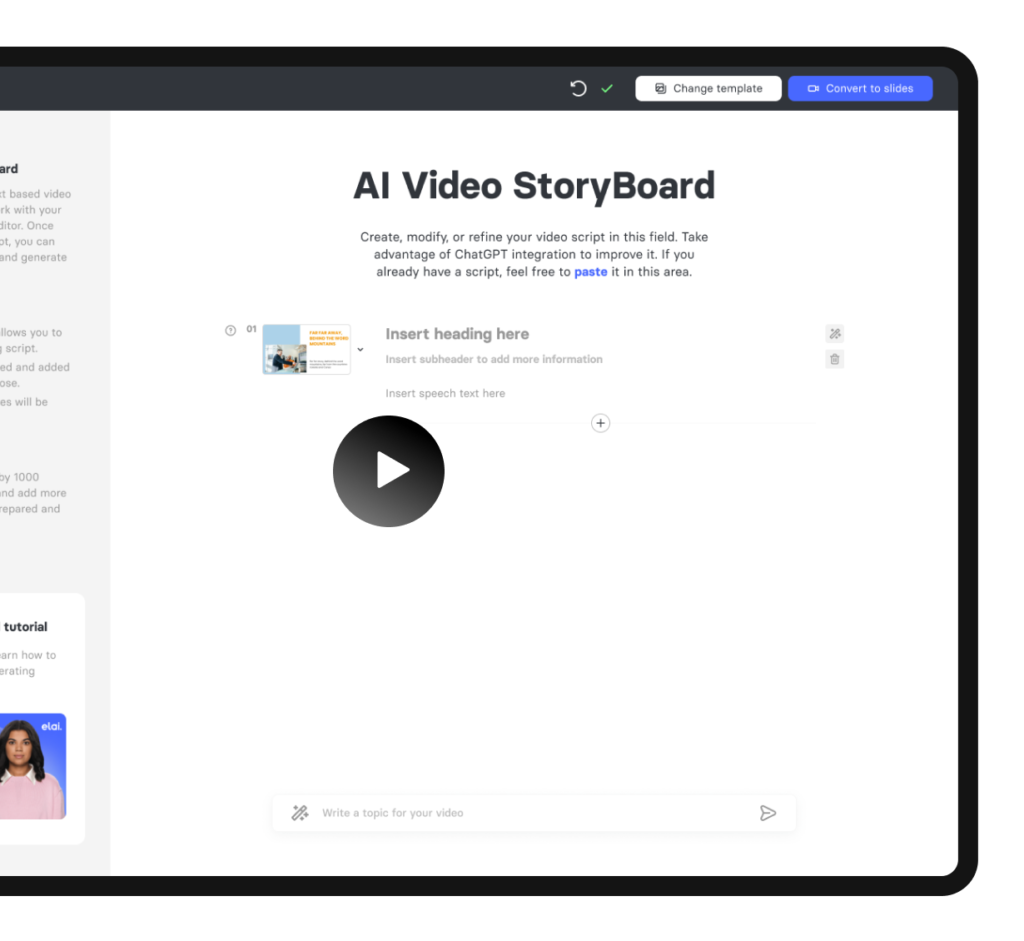
Small businesses, too, are using platforms like Elai.io to create marketing storyboards that convert directly into videos with voiceovers, streamlining campaigns without breaking the bank.
Empowering the Underdog
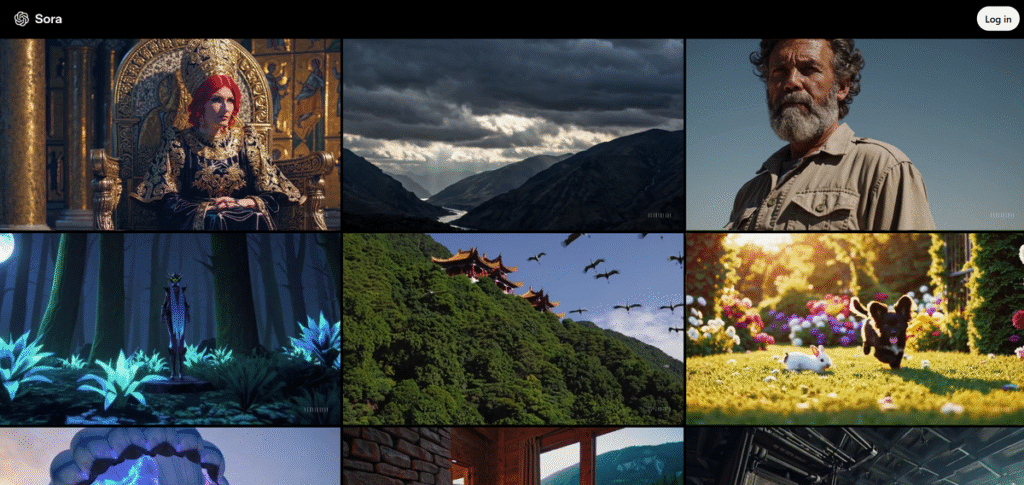
The democratization of storyboarding is leveling the playing field. Indie filmmakers, YouTubers, and even educators are harnessing AI to bring their visions to life. Take Sarah, a first-time director who shared her experience on X: “I used MidJourney to storyboard my short film in a weekend.
No art skills, just my script and a $10 subscription. It’s not perfect, but it got my pitch greenlit!” Her story reflects a broader trend—X posts highlight creators using tools like Kaiber AI’s Superstudio Pro to generate pencil-and-marker-style boards, complete with cinematic annotations, for projects ranging from music videos to corporate ads.
These tools also cater to diverse needs. LlamaGen.ai, for example, supports multimodal inputs like CSV files or spoken prompts, making it accessible to non-writers. Its comic-style outputs, inspired by Studio Ghibli or Marvel, appeal to creators crafting graphic novels or animated series. Meanwhile, platforms like Krock.io enable real-time collaboration, allowing global teams to annotate and refine storyboards via cloud-based interfaces. This inclusivity extends to multilingual support, with tools like Voxxio generating boards in multiple languages, empowering creators worldwide.
Breaking Down Barriers
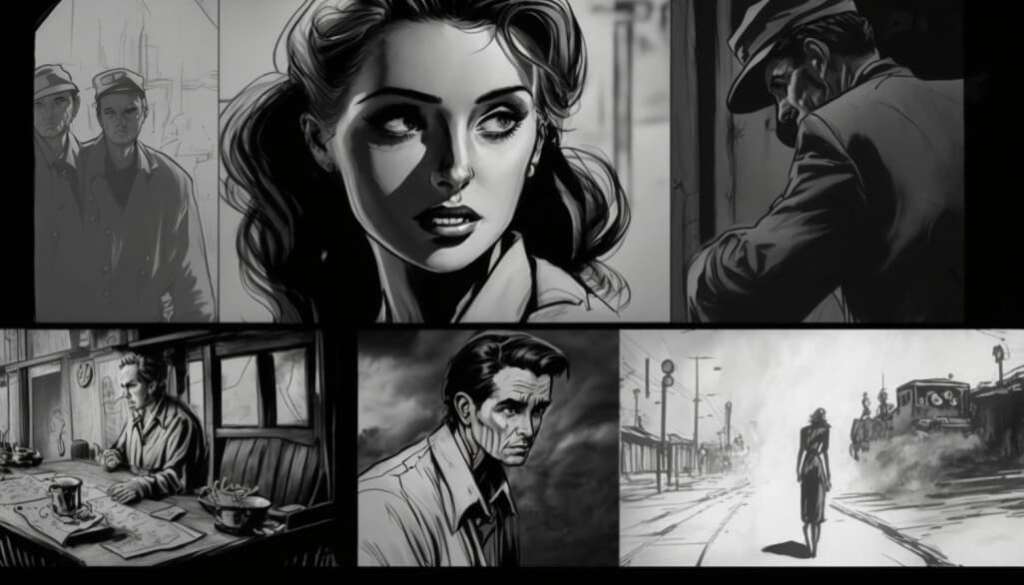
The financial and technical barriers that once gatekept professional storyboarding are crumbling. Free trials, like those offered by Katalist.ai, let users test AI capabilities without upfront costs. Affordable subscriptions, often under $20 a month, provide access to features like character consistency, customizable art styles, and animatic exports. For those curious about AI’s creative potential, platforms like xAI’s Grok (available at https://x.ai/grok) offer insights into how generative AI works, with free usage tiers on grok.com and X apps.
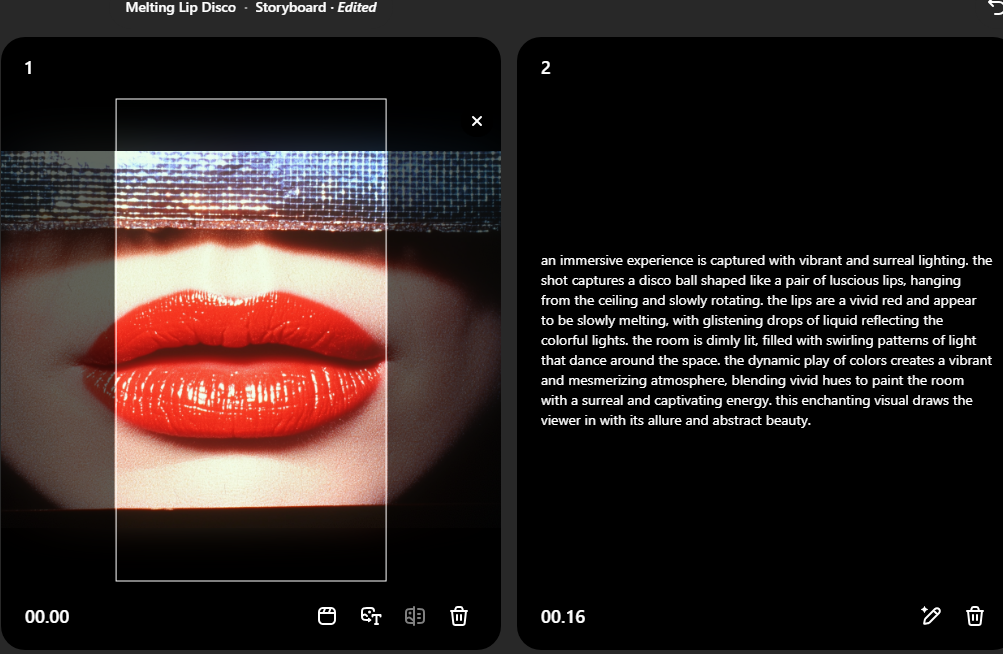
This democratization extends beyond individuals to industries like education and advertising. Teachers use AI storyboards to create engaging visual aids, while startups leverage tools like StoryboardHero to pitch ideas to investors without hiring expensive agencies. The result? A creative ecosystem where ideas, not resources, drive success.
The Human Touch: A Necessary Caveat
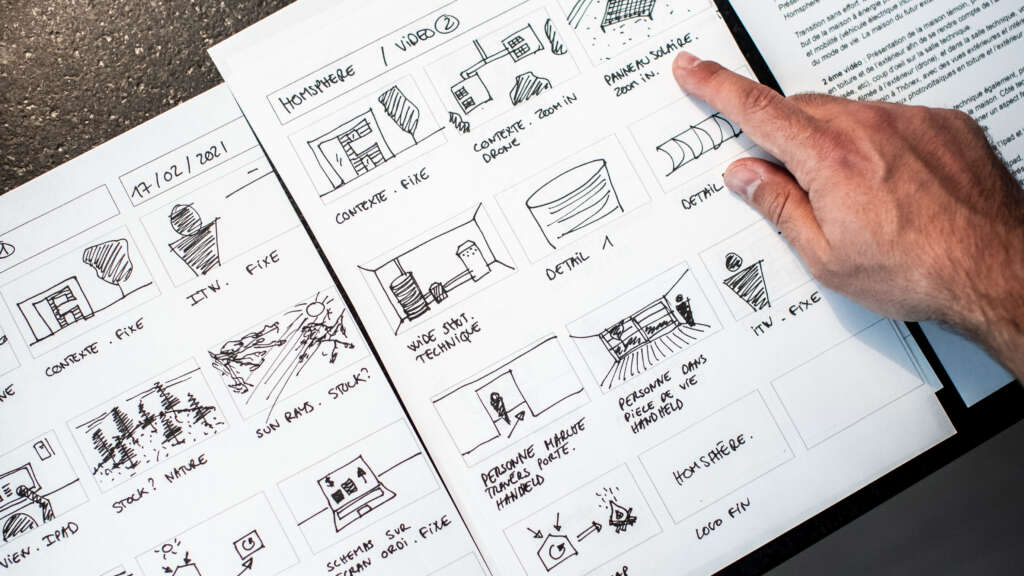
While AI storyboarding is a powerful enabler, it’s not a complete replacement for human creativity. Tools like MidJourney and Boords excel at speed and visual fidelity, but they can struggle with nuanced storytelling, emotional depth, or cultural context. For instance, an AI might misinterpret a script’s tone, producing a dramatic scene that feels flat or misaligned. Platforms like StoryboardHero address this by offering hybrid solutions, where AI-generated frames can be refined by professional artists for narrative precision. X users echo this sentiment, noting that while AI is “a fantastic starting point,” human oversight ensures storyboards capture the heart of a story.
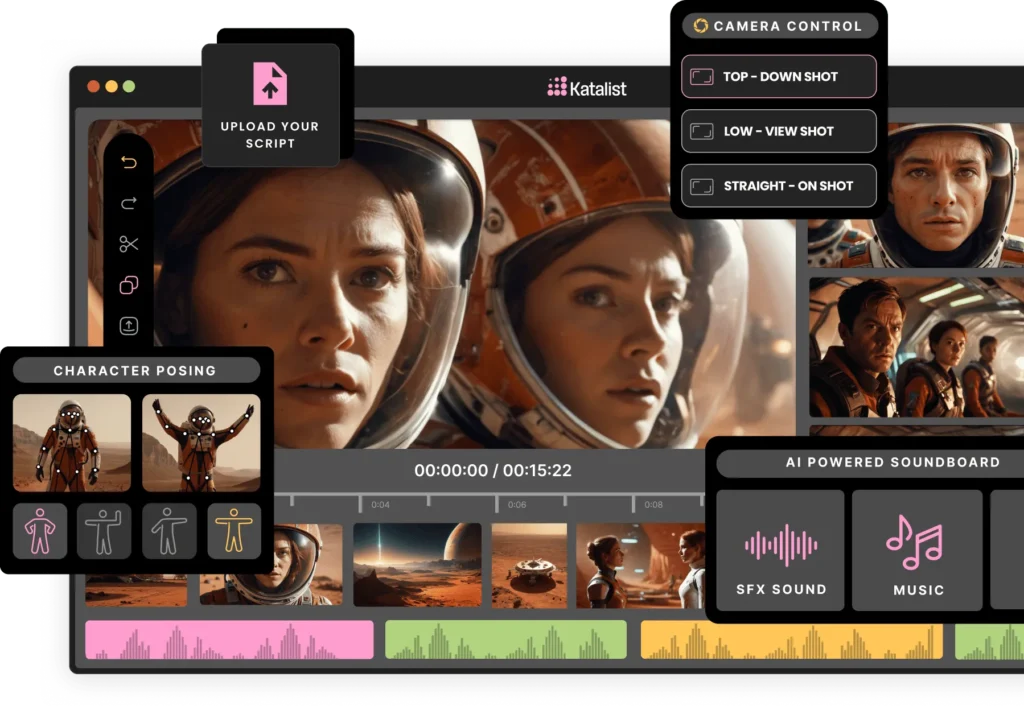
The human touch remains essential for complex narratives or branding campaigns requiring emotional resonance. AI can generate a visually stunning sequence, but it takes a human to infuse it with soul, ensuring the story resonates with its intended audience. As AI continues to evolve, its role is best as a collaborator, amplifying creativity while leaving room for the irreplaceable spark of human artistry.

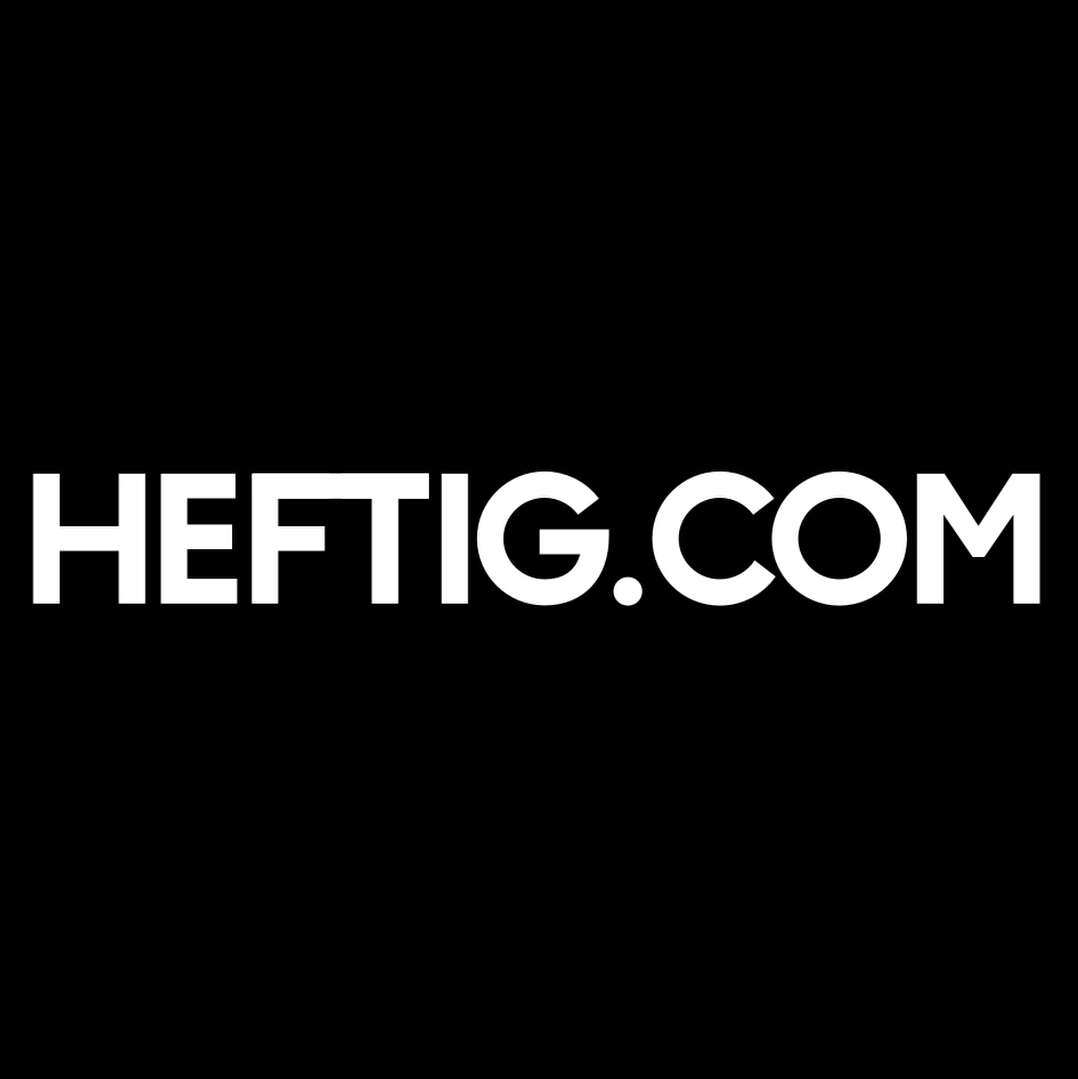
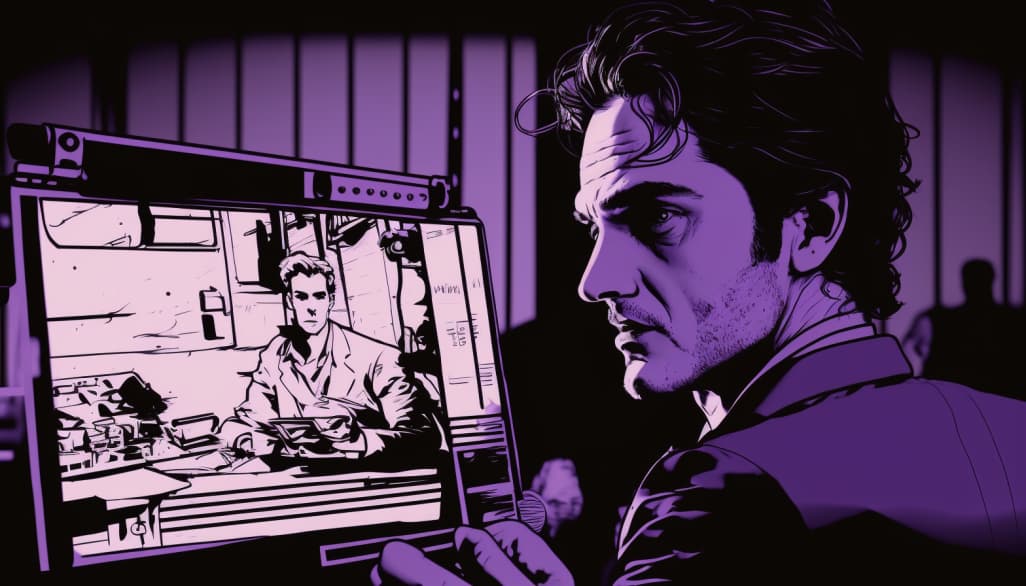

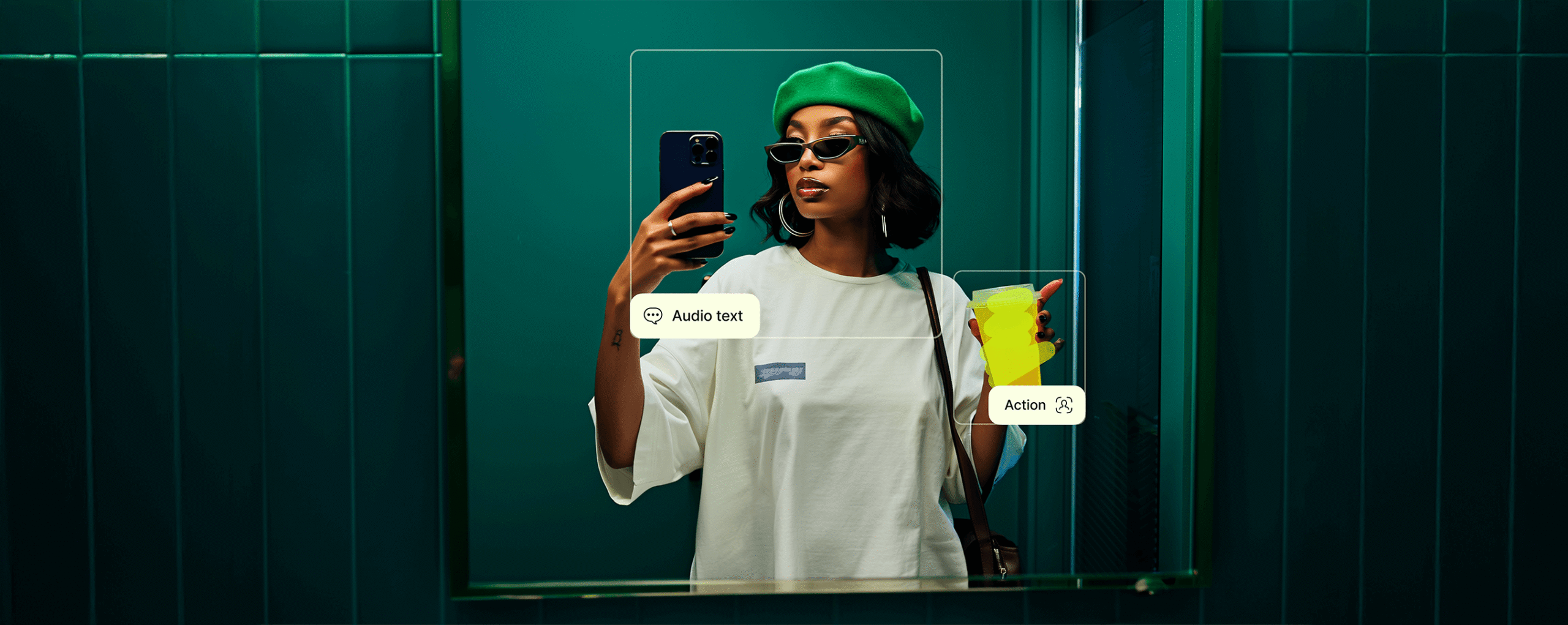
Leave a Comment